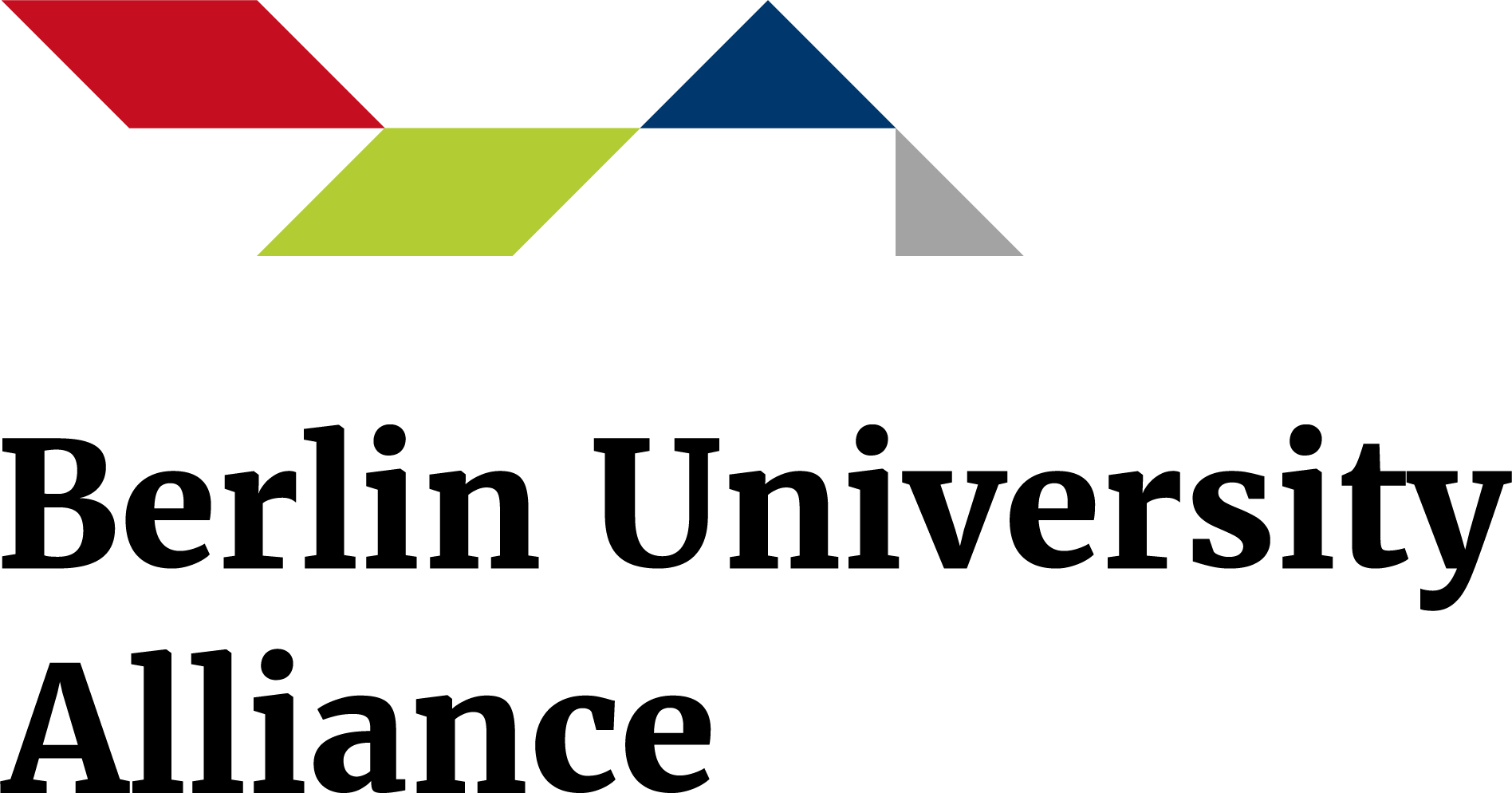The colours of water: brown
{{ time.start_TS | TS2dateFormat('MMM') }}
{{ time.start_TS | TS2dateFormat('YYYY') }}
| free admission |
| 14 years and older |
| German |
| Humboldt Lab, 1st floor |
| Belongs to: On Water |
The opening weekend of the exhibition ‘On Water’ from 9 to 12 October 2025 will focus on the ‘colours of water’. Although water is usually depicted as blue, it actually comes in a wide variety of shades – such as grey, black or red. Many of these colours have specific meanings or serve as technical designations.
Taking up the multicoloured nature of the wet element, the colourful opening weekend will focus on three of these colours and their associations: on Friday on rivers (green water), on Saturday on water in the city (purple water) and on Sunday on drought (brown water).
Brown Water
Where water is scarce, blue, green, and silver disappear from the landscape. What remains are shades of brown and cracked soil. However, drought also challenges our ingenuity: How can we live, design, and manage with less water? What proven and new ways are there to store, share, and use water sustainably?
This day will focus on techniques and historical experiences in dealing with drought, on the knowledge we can gain from particularly water-scarce regions of the world, and on strategies—from traditional water storage to modern sponge cities — that help to overcome the shortage.
Programme
Participants
Dimitra Almpani-Lekka is an architect and an architectural design researcher. For the last years she is working as a landscape architect at Kokomo Landschaft & Stadtraum in Berlin, with a focus on urban biodiversity and urban water management. She is a researcher at the Cluster of Excellence ‘Matters of Activity’ at Humboldt-Universität zu Berlin and a PhD candidate at the School of Architecture of the University of Ioannina, investigating living materialities and their potential roles in architectural design, as well as methods of designing the built environment in synergy with water to support biological growth and urban biodiversity.
Roland Bolz is a philosopher, sound engineer and artistic production manager. He is currently completing his doctorate on the function of metaphors at Humboldt University in Berlin. In his practical work, he supports artists in the development and implementation of complex projects in contemporary art and music.
Anna-Lisa Dieter studied literature and earned her doctorate with a thesis on the writer Stendhal. She writes for the arts sections of various newspapers and published the book Susan Sontag. 100 Seiten (Susan Sontag: 100 Pages) with Reclam in 2022. After working at the German Hygiene Museum in Dresden and BIOTOPIA, the new natural history museum in Munich, she joined the Humboldt Laboratory at Humboldt University in January 2024, where she is responsible for the exhibition “On Water.”
Salam Ebeid is a social critical thinker. She is currently a PhD fellow at the Berlin Graduate School Muslim Cultures and Societies and a DAAD scholar, and working on understanding the multiplicity of water issues and everyday life in the South of Egypt.
Andreas Greiner is an artist who lives and works in Berlin. After studying medicine, anatomy and art, his multimedia practice ranges from time-based to living and digital sculptures. A central aspect of his work is the exploration of possible extensions of the classical parameters of sculpture. In terms of content, it focuses on the anthropogenic influence on the evolution and form of nature. Greiner is co-founder of the association waldfuermorgen and the non-profit organisation art4biodiversity. Since 2022, he has been professor of media art at the Muthesius University of Fine Arts and Design in Kiel.
www.andreasgreiner.com
Indrawan Prabaharyaka is an environmental anthropologist interested not only in studying ecological changes in cities but also in finding ways to respond to them through ethnography. Together with the transdisciplinary collective Labtek Apung, they have exhibited their research results in art and design exhibitions in Jakarta and Berlin.
Alexander Schunka, Professor of Early Modern History at the Friedrich Meinecke Institute of the Free University of Berlin since 2015. Studied and earned his doctorate in Munich (2004), further academic positions in Stuttgart and Erfurt/Gotha, among others. Research (several monographs and edited anthologies, numerous essays) on the cultural and religious history of the early modern period, historical migration research, and environmental and resource history.
Daniel Tyradellis is a philosopher and curator of numerous exhibitions, including for the German Hygiene Museum in Dresden, the Deichtorhallen Hamburg, and the KW Institute for Contemporary Art in Berlin. Since 2021, he has held the Humboldt Forum Endowed Chair for the Theory and Practice of Interdisciplinary Curating at Humboldt University, funded by the Federal Government Commissioner for Culture and the Media.
Partners
